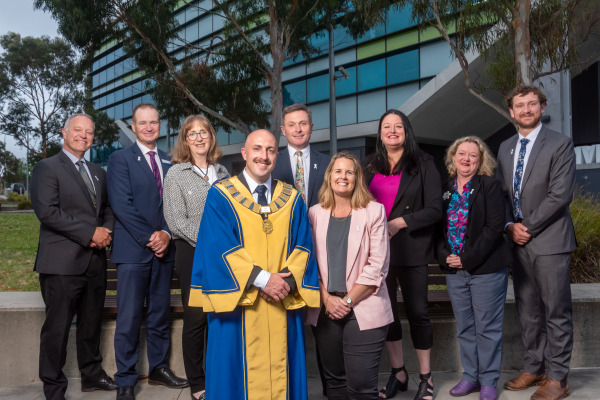Australia is currently considering a range of options to stimulate post-COVID economic recovery, including weighing the relative value of increased investment in gas infrastructure against the benefits of expanded renewable energy projects.
A central issue in this debate is the use of fossil fuels by industry, particularly suggestions that in the short to medium term, gas will remain a key part of many industrial heat applications.
While acknowledging fossil fuels will likely always retain some role in industry, research and development undertaken by the University of South Australia’s (FII) suggests the role of gas may shrink over the next few years.
FII researcher, , is part of a team developing technologies and energy strategies to deliver renewable alternatives for industrial gas applications, and he says many innovations in the area will be commercially viable sooner rather than later.
“There is a lot of work being done, around the world, towards the electrification of heat,” Dr Jacob says.
“This research is looking at how we use low-cost variable renewables to offset what is traditionally fossil fuel fired heat, and the recent progress has been excellent.”
In a project supported by and the new (RACE for 2030 CRC), FII researchers are currently prototyping a commercial scale system that stores renewable electricity as heat and releases that heat on demand for industrial applications.
“We have already successfully tested a smaller version of the technology last year, so we are confident it works, and we’re now in the process of upscaling it and refining features so it delivers a ready-to-go solution for industry,” Dr Jacob says.
“Our research shows that, used in conjunction with renewables such as solar and wind, this system could reduce gas consumption by as much as 80 per cent in some industries.”
The thermal storage system, which is set to begin testing in early 2021, will initially be designed to deliver heat in the range of 200 to 700 degrees Celsius, with scope to increase that output to over 1000C in the future.
The units will be self-contained and stackable, with each unit delivering 850-1000 KWh of thermal storage capacity.
“These will essentially be like a 10-foot shipping container, and the end user will be able to roll them out as modules, much the same as they do with batteries – you have the one design, and then however much storage you need, you add them up together.”
Dr Jacob says FII’s research suggests the most cost-effective system would not replace gas entirely but could reduce its use by between 60 per cent and 80 per cent depending on the application.
“You will still need to have the option of fuel as a backup for when renewable output is low, because from the data we have run, if you want to use purely renewables and storage, you would require a huge amount of storage just to cover the extreme situations.
“So, we’ve developed a hybrid approach, where our system can deliver 60, 70, and 80 per cent of heat needs using renewables and storage, then the small shortfall will be covered by a fuel, which could be an existing gas system, or renewable fuels like hydrogen or biogas.”
As a sideline to developing the heat system, FII research suggests other hybrid industrial systems combining base-line renewables with a fuel backup are economically savvy and environmentally sustainable across a range of applications.
“For instance, , many of which currently harvest biogas created through the treatment process, and then burn that gas as fuel for their onsite operations,” Dr Jacob says.
“Our study shows that if they used renewables to power operations as much as possible, and sold the harvested biogas back into the wider system, only using the small amount they need for backup, there would be significant economic and environmental gains over the traditional biogas-only system.”
This hybrid approach is already being trialled in Europe, with similar tests likely in Australia soon, and Dr Jacob says it reflects a general feeling that many industries are ready to embrace greater renewable use now that it can deliver both financial and environmental benefits.
“We’ve had conversations with a number of interested parties about how we can use our technology to provide process heat, and the advantage of these hybrid approaches, from industry’s point of view, is that they leverage existing fossil fuel infrastructure but make the overall system more cost effective and energy efficient,” Dr Jacob says.
“So, a small amount of high value fuel can be used on demand when required, but abundant, cheap and clean energy can do the grunt work.”








